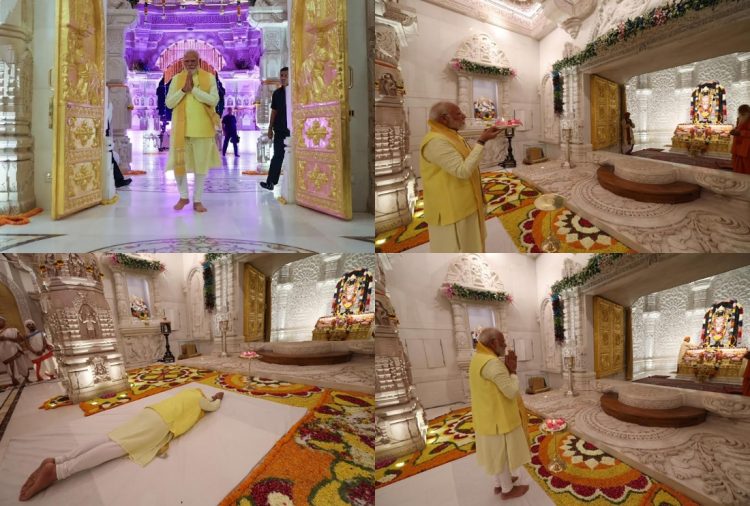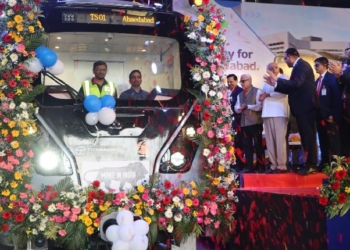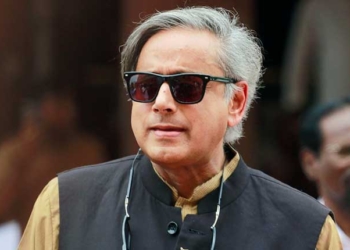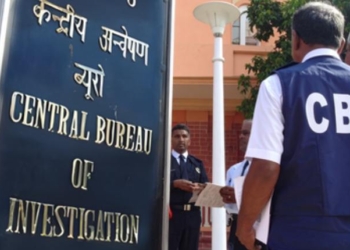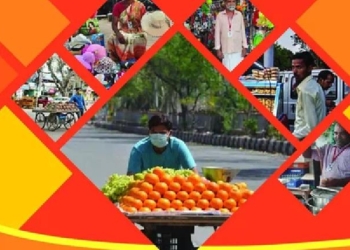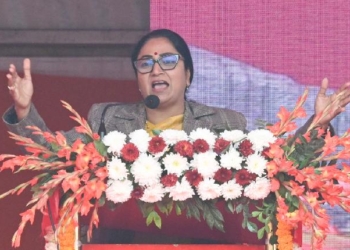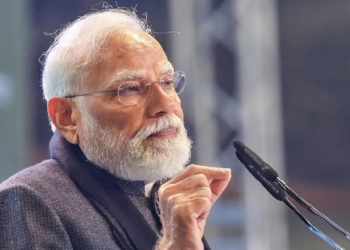New Delhi: Prime Minister Narendra Modi’s roadshow in Ayodhya was a splendid spectacle that underscored the deep cultural and political significance of the ancient city.
Against the backdrop of fervent devotion to Lord Ram, the roadshow took on symbolic importance, blending religious sentiment with political messaging.
In other words, the event in Ayodhya ahead of the third phase of Lok Sabha polls underscored the intricate interplay between religion, identity, and electoral politics in the country.
Undeniably, the event is set to help the BJP amplify the Ram temple discourse.
It goes without saying that Ayodhya, revered as the birthplace of Lord Ram, holds a special place in the hearts of millions of Hindus worldwide.
The Prime Minister’s visit to the city carried immense symbolic weight amid the ongoing Lok Sabha elections. The roadshow itself was meticulously planned, with thousands of enthusiastic supporters lining the streets to catch a glimpse of the Prime Minister.
The atmosphere was electric, evoking a sense of unity and purpose among the supporters of PM Modi.
The roadshow gave the BJP the much-needed opportunity to seek to capitalise on the momentum generated by the Ayodhya visit.
By aligning himself closely with the Ram temple issue, PM Modi aimed to consolidate support among the Hindu electorate, showing the BJP as the party that stands for the protection and promotion of Hindu interests. According to analysts, the road show in Ayodhya was a strategic move to energise the BJP’s voter base, particularly among the Hindu electorate.
By showcasing the fulfillment of PM Modi’s promise of Ram temple construction and Ram Lalla Pran Pratishtha, and projecting itself as the custodians of Hindu interests, the BJP aims to consolidate its support in several constituencies across Indian states, especially in Uttar Pradesh where Ayodhya holds immense symbolic value. Political observers believe that PM Modi’s roadshow in Ayodhya will put pressure on opposition parties to respond effectively.
Parties such as the Congress and regional players like the Samajwadi Party and Bahujan Samaj Party will now be forced to carefully navigate the religious and cultural sensitivities surrounding the Ram temple issue while also addressing broader concerns of governance and development, observers believe.
Needless to say, the symbolism of Ayodhya extends beyond Uttar Pradesh and could influence electoral dynamics in other parts of the country.
The BJP’s narrative of cultural nationalism and the construction of the Ram temple resonate with majority Hindu voters nationwide, potentially impacting electoral outcomes in states beyond Uttar Pradesh.
(IANS)




